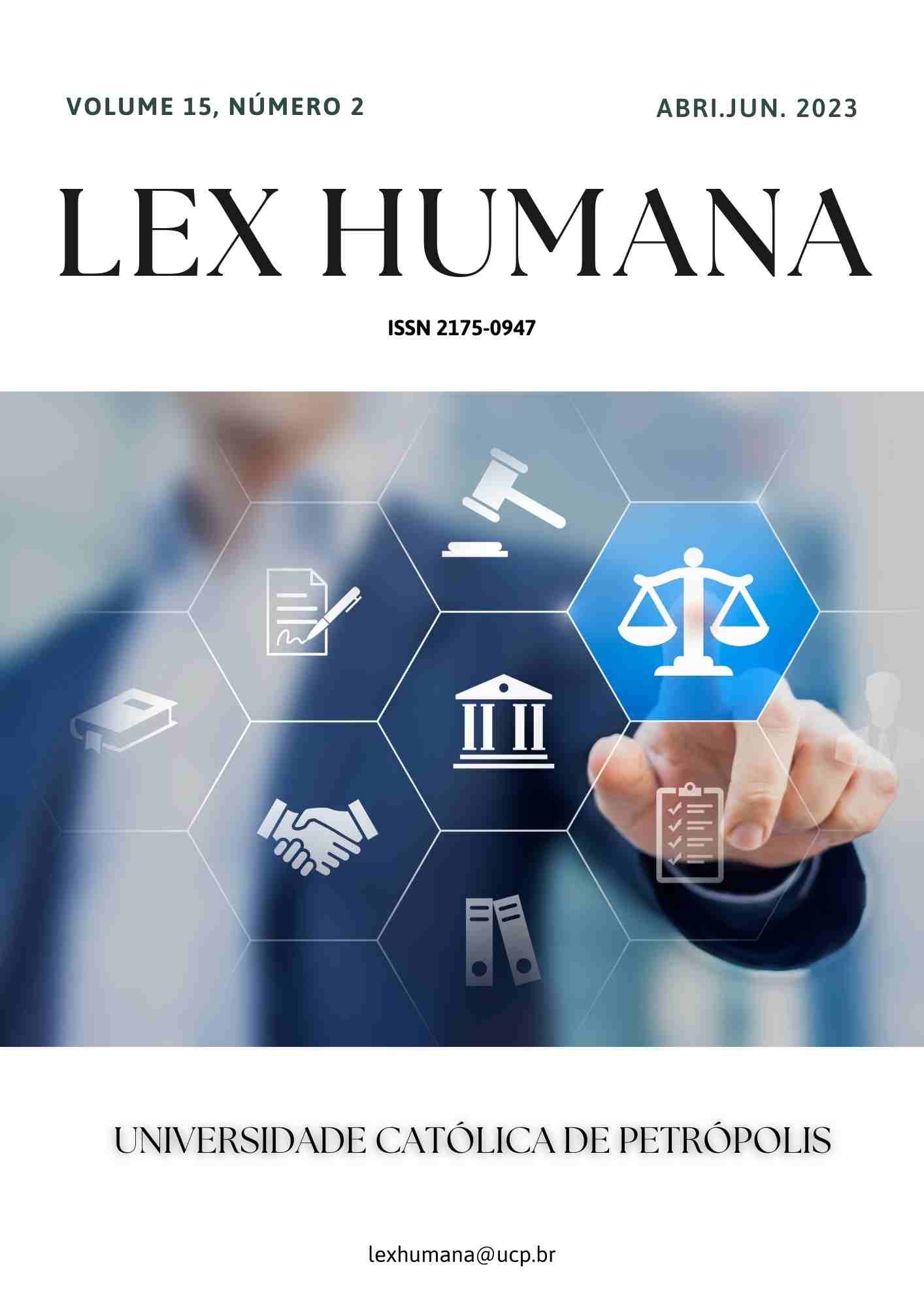Abstract
The development of the information and digital world determines the formation of new public requests, firstly, to ensure the security of cyberspace. The development of social tasks that can be solved using information technologies is constantly growing, therefore the number of cybercrimes is increasing, and their specifics are changing. An analysis of the development trend of cybersecurity and cybercrime showed that the number and scale of cyberattacks will continue to grow. Accordingly, the purpose of the article is to find the development directions of approaches to ensuring security in cyberspace in accordance with modern global challenges. The article determines that new global challenges have significantly changed the system of people's life conducting financial transactions, trade, receiving services (administrative, communal, social, and household, etc.), and providing communication systems. In the conditions of the pandemic, the processes of all spheres of human activity only spread. The analysis of digitalization models for ensuring cybersecurity is presented in the article but needs clarification and further development, which relates to new global challenges in the security architecture in the world and on the European continent. The article considers approaches to ensuring the effectiveness of cybersecurity in new social conditions. The article uses the methods of control charts to conduct a sociological survey to rank the factors of influence on the cause-and-effect relationships of cybersecurity. The put-forward hypothesis regarding the structuring of influencing factors allows us to systematize directions for further research. The projection of the trend line of the number of cyberattacks and the number of subjects subjected to cyberattacks in the analyzed period determines the scaling and complication of protection processes both at the company level and at the state level.
References
AL-Nuaimi, M.N. (2022), "Human and contextual factors influencing cyber-security in organizations, and implications for higher education institutions: a systematic review", Global Knowledge, Memory and Communication, Vol. ahead-of-print No. ahead-of-print. https://doi.org/10.1108/GKMC-12-2021-0209
Alsmadi, D., Maqousi, A. and Abuhussein, T. (2022), "Engaging in cybersecurity proactive behavior: awareness in COVID-19 age", Kybernetes, Vol. ahead-of-print No. ahead-of-print. https://doi.org/10.1108/K-08-2022-1104
Asbaş, C. and Tuzlukaya. (2022), "Cyberattack and Cyberwarfare Strategies for Businesses", Özsungur, F. (Ed.) Conflict Management in Digital Business, Emerald Publishing Limited, Bingley, pp. 303-328. https://doi.org/10.1108/978-1-80262-773-220221027
Chhabra Roy, N. and Prabhakaran, S. (2023), "Sustainable response system building against insider-led cyber frauds in banking sector: a machine learning approach", Journal of Financial Crime, Vol. 30 No. 1, pp. 48-85. https://doi.org/10.1108/JFC-12-2021-0274
Dupuis, D., Smith, D. and Gleason, K. (2023), "Old frauds with a new sauce: digital assets and space transition", Journal of Financial Crime, Vol. 30 No. 1, pp. 205-220. https://doi.org/10.1108/JFC-11-2021-0242
Kaswan, K.S., Dhatterwal, J.S., Kumar, S. and Lal, S. (2022), "Cybersecurity Law-based Insurance Market", Sood, K., Dhanaraj, R.K., Balusamy, B., Grima, S. and Uma Maheshwari, R. (Ed.) Big Data: A Game Changer for Insurance Industry (Emerald Studies in Finance, Insurance, and Risk Management), Emerald Publishing Limited, Bingley, pp. 303-321. https://doi.org/10.1108/978-1-80262-605-620221018
Li, Y., Li, J., Fan, Q. and Wang, Z. (2022), "Cybercrime's tendencies of the teenagers in the COVID-19 era: assessing the influence of mobile games, social networks and religious attitudes", Kybernetes, Vol. ahead-of-print No. ahead-of-print. https://doi.org/10.1108/K-07-2021-0582
Ma, K.W.F. and McKinnon, T. (2022), "COVID-19 and cyber fraud: emerging threats during the pandemic", Journal of Financial Crime, Vol. 29 No. 2, pp. 433-446. https://doi.org/10.1108/JFC-01-2021-0016
Panteli, N., Nurse, J.R.C., Collins, E. and Williams, N. (2022), "Trust disruption and preservation in the Covid-19 work from home context", Journal of Workplace Learning, Vol. ahead-of-print No. ahead-of-print. https://doi.org/10.1108/JWL-02-2022-0017
Tamer, G., Tetik, G. and Oktay, S. (2022), "Digital Conflict in Business Infrastructure", Özsungur, F. (Ed.) Conflict Management in Digital Business, Emerald Publishing Limited, Bingley, pp. 147-165. https://doi.org/10.1108/978-1-80262-773-220221011
Thomas, G. and Sule, M.-J. (2022), "A service lens on cybersecurity continuity and management for organizations’ subsistence and growth", Organizational Cybersecurity Journal: Practice, Process and People, Vol. ahead-of-print No. ahead-of-print. https://doi.org/10.1108/OCJ-09-2021-0025
TN, N. and Shailendra Kulkarni, M. (2022), "Zero click attacks – a new cyber threat for the e-banking sector", Journal of Financial Crime, Vol. ahead-of-print No. ahead-of-print. https://doi.org/10.1108/JFC-06-2022-0140
Tuna, A.A. and Türkmendağ, Z. (2022), "Cyber Business Management", Özsungur, F. (Ed.) Conflict Management in Digital Business, Emerald Publishing Limited, Bingley, pp. 281-301. https://doi.org/10.1108/978-1-80262-773-220221026
Wronka, C. (2022), "“Cyber-laundering”: the change of money laundering in the digital age", Journal of Money Laundering Control, Vol. 25 No. 2, pp. 330-344. https://doi.org/10.1108/JMLC-04-2021-0035
Wronka, C. (2022), "Impact of COVID-19 on financial institutions: navigating the global emerging patterns of financial crime", Journal of Financial Crime, Vol. 29 No. 2, pp. 476-490. https://doi.org/10.1108/JFC-03-2021-0073

This work is licensed under a Creative Commons Attribution-NonCommercial-NoDerivatives 4.0 International License.
Copyright (c) 2023 Lex Humana (ISSN 2175-0947)
